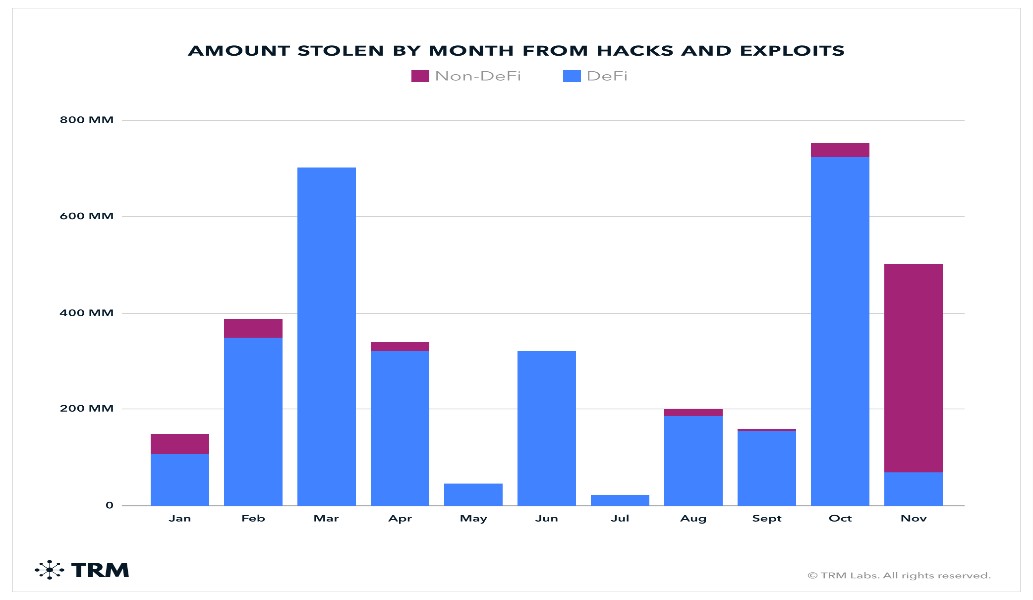Inside the Digital Heist That Shook Crypto Markets
In a space where billions can be moved in seconds and trust is built on code, security failures don’t just affect single platforms—they send shockwaves through the entire ecosystem. That’s exactly what happened in May 2025, when a sophisticated hacker exploited Cetus Protocol, one of the leading decentralized exchanges (DEXs) on the Sui blockchain, stealing over $223 million in what is now considered one of the most devastating DeFi attacks to date.
This wasn’t just another blockchain breach. It was a precision-engineered digital heist—one that exposed major fault lines in crypto’s promise of trustless, unstoppable finance.

Figure 1. Crypto Markets.
The Anatomy of the Attack
The attacker didn’t rely on brute force or phishing emails. Instead, they went after the heart of Cetus: its smart contracts. These autonomous scripts control how the platform handles trades, liquidity, and asset pricing.
By exploiting a vulnerability in Cetus’s automated market maker (AMM) mechanism, the hacker was able to manipulate price curves and withdraw massive liquidity from token pools—specifically SUI and USDC. It was a quiet, calculated move that left almost no trace until millions had already vanished.
Markets in Mayhem
Within hours of the hack, the effects rippled across the broader crypto landscape. The CETUS token crashed. Liquidity vanished. Investors pulled funds from other Sui-based projects, fearing similar weaknesses.
Even unrelated DeFi protocols on Ethereum and Solana experienced sudden outflows as traders hedged against contagion. It wasn’t just Cetus that was vulnerable—the incident reopened an uncomfortable question: how secure is DeFi, really?
The Human Cost of Code
For users, it was a gut punch. Many had staked funds or provided liquidity to the protocol, believing the transparency of blockchain code meant they were safe. Instead, they watched their assets disappear in a matter of minutes.
Behind every line of code is a human assumption. In the case of Cetus, that assumption—that the math was sound, the design airtight—turned out to be fatally flawed.
Security in the Spotlight
The breach has forced a widespread reevaluation of what crypto security really means. If audited contracts can be exploited, and if DeFi’s most trusted projects can fall this hard, then perhaps the space has been building castles on sand.
In response, Cetus paused all contracts and began a full-scale investigation, partnering with blockchain forensics firms and the Sui Foundation. A $5 million bounty has been offered for information leading to the hacker’s identity or recovery of the funds.
Meanwhile, other protocols are rushing to re-audit smart contracts and implement real-time security monitoring tools—precautions that now seem painfully overdue.
A New Chapter for DeFi
This heist may very well mark the end of DeFi’s “wild west” era. Moving forward, success in the space will no longer be judged by growth metrics or total value locked (TVL), but by how secure a platform can remain in the face of increasingly sophisticated threats.
And for Cetus? The road to redemption will be long. But if it can rebuild on stronger, more secure foundations—and help set new industry standards—it might not only recover but become a case study in how DeFi can evolve from chaos to maturity.
Final Thought
What happened at Cetus wasn’t just a theft—it was a wake-up call. As crypto matures, so must its safeguards. Because in this space, trust isn’t just earned—it’s engineered.
References:
- https://socradar.io/major-cyberattacks-target-cryptocurrency-nft-industry/
Cite this article:
Keerthana S (2025), Crypto Shockwave: Hacker Hits Cetus Protocol for $223 Million, AnaTechMaz, pp,5.





